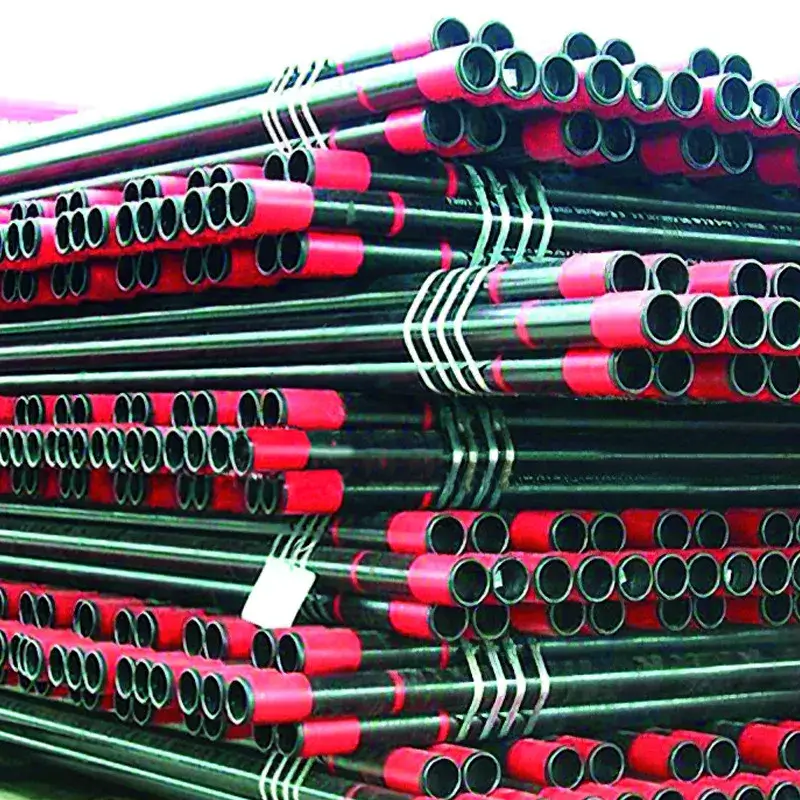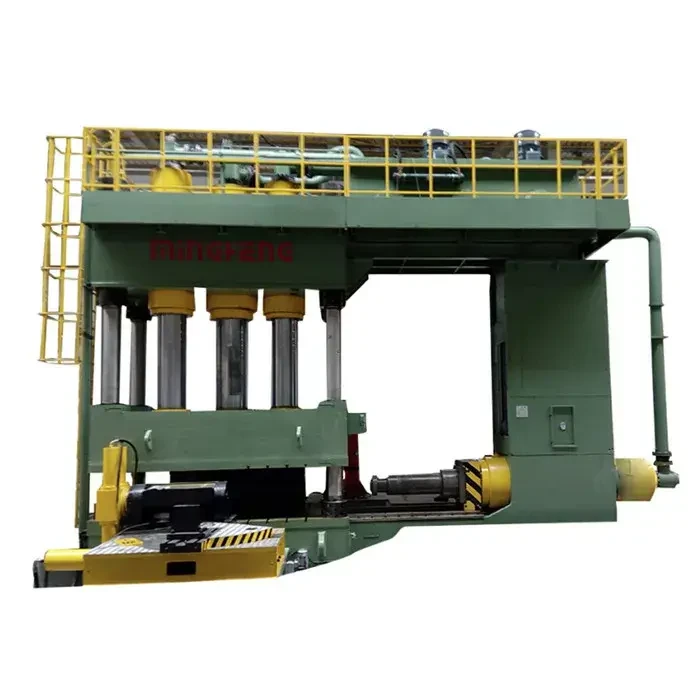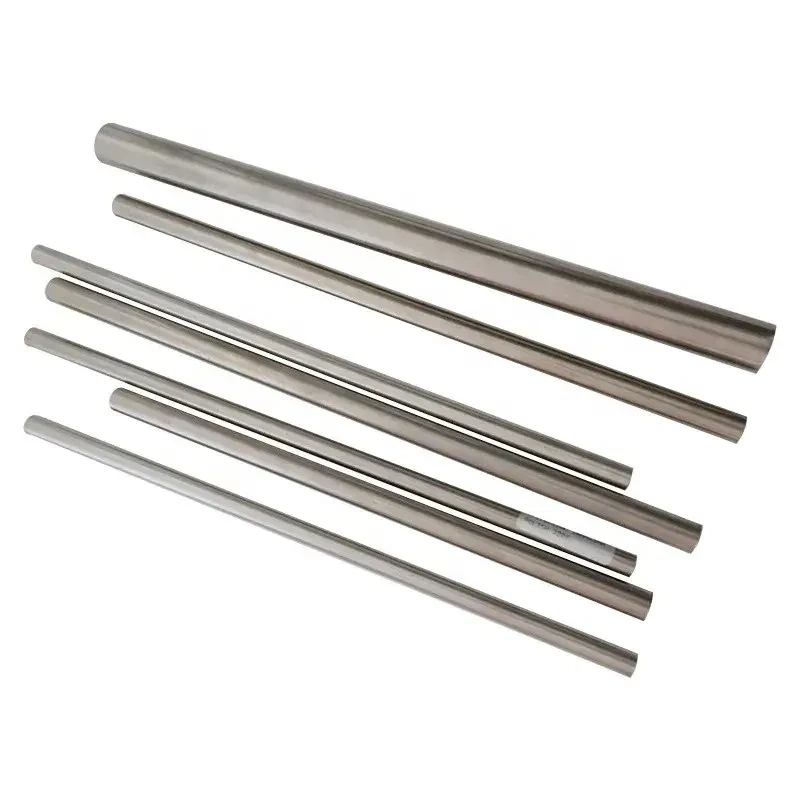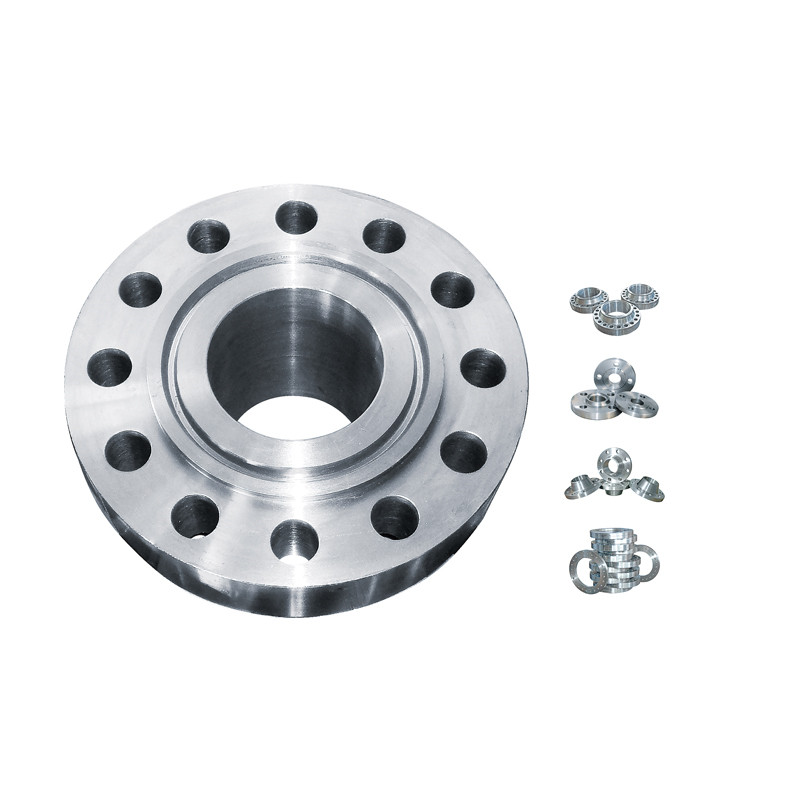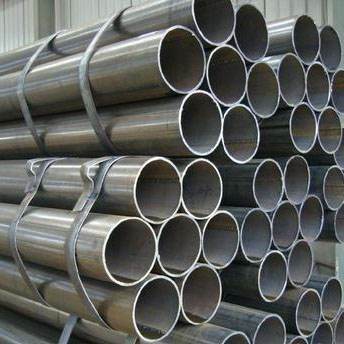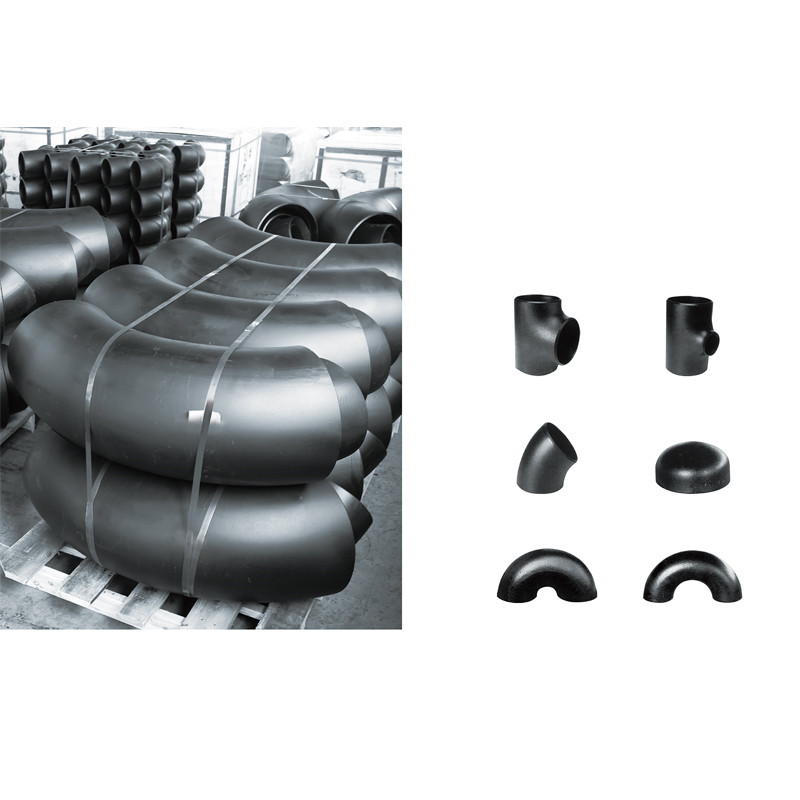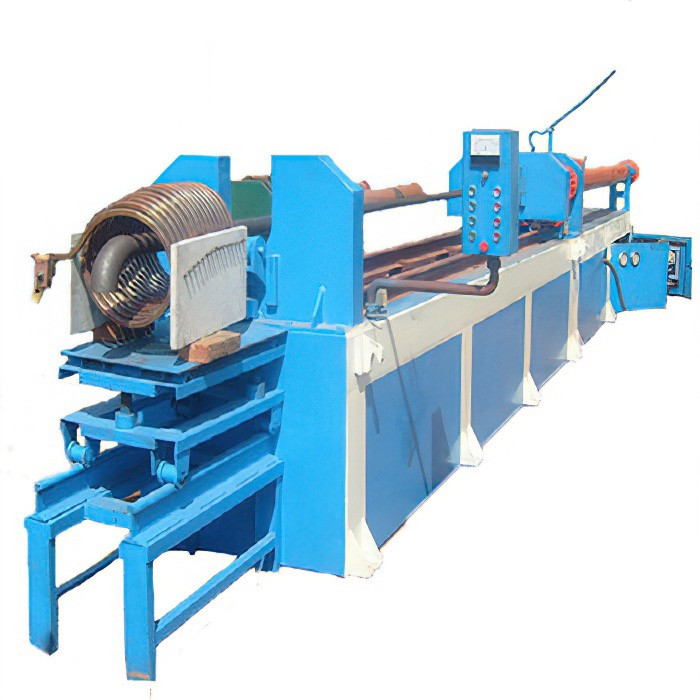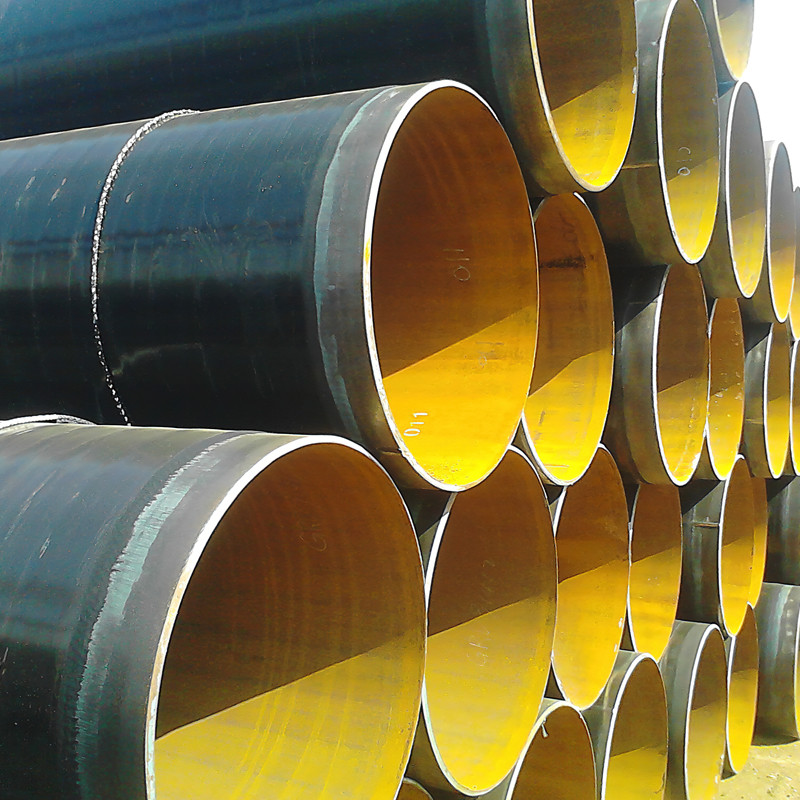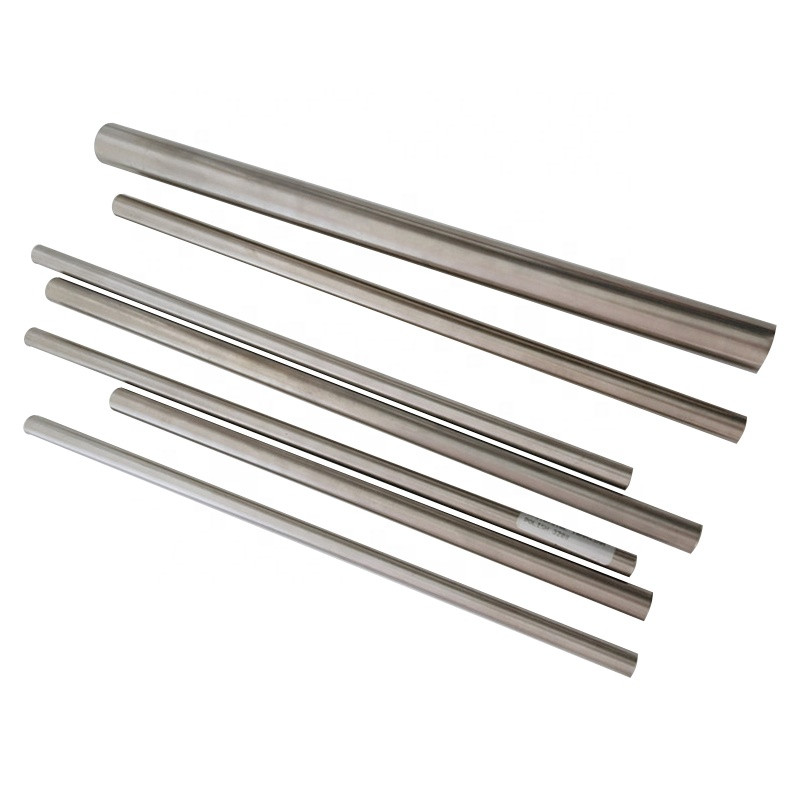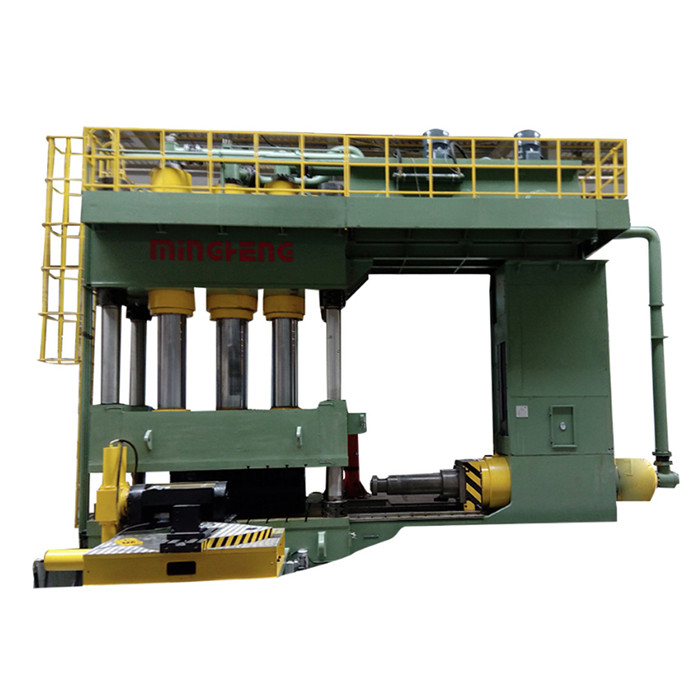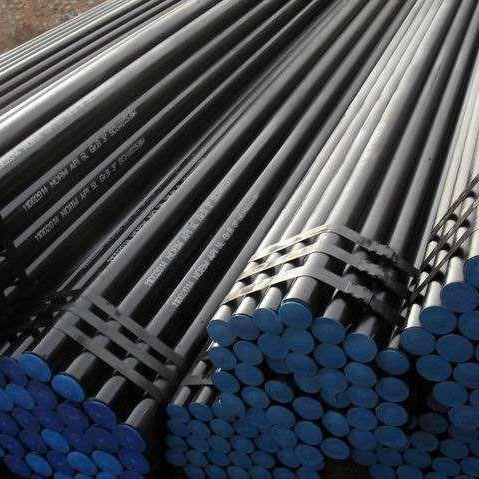Heat Exchanger Tube is a key solution in the manufacturing industry, specifically within General equipment manufacturing industry and Manufacturing of industrial thermal equipment. This article explores how Beijing Sinoworld Steel Material Co., Ltd. supports professionals with durable, high-performance products, and explains why this product is an ideal choice for businesses in these sectors.


Table of Contents
- Heat Exchanger Tube Overview
- Benefits & Use Cases of Heat Exchanger Tube in Manufacturing of industrial thermal equipment
- Cost, Maintenance & User Experience
- Sustainability & Market Trends in manufacturing
- Conclusion on Heat Exchanger Tube from Beijing Sinoworld Steel Material Co., Ltd.
Heat Exchanger Tube Overview
In industrial thermal equipment, the heat exchanger tube is the heart of reliable heat transfer—moving energy efficiently between fluids in condensers, boilers, chillers, and air coolers. Typically produced to standards such as ASTM A179/SA179, A213, and A192, tubes are precision cold-drawn or welded with tight OD/WT tolerances, high concentricity, and smooth internal surface finishes to minimize pressure drop and fouling. Options include plain tubes for shell-and-tube units, finned tube variants to boost heat transfer area, and longitudinal finned tube designs for air-side optimization. Material selections span carbon steel (e.g., SA179 tubes), stainless steels, and alloys for corrosive or high-temperature duties.
Beijing Sinoworld Steel Material Co., Ltd. manufactures high-integrity Heat Exchanger Tube products with rigorous NDT, hydrostatic testing, and PMI as required. Dimensional ranges typically cover 6–101.6 mm OD with customized wall thicknesses; surface treatments (phosphating, passivation) and beveling are available to speed fabrication. A recent power-plant retrofit case showed a 7–12% thermal efficiency gain after replacing legacy bundles with SA179 tubes and selected finned variants—validating both performance and the company’s engineering support capability.
Benefits & Use Cases of Heat Exchanger Tube in Manufacturing of industrial thermal equipment
Across refineries, chemical plants, power generation, HVAC, and food processing, heat exchanger tubes enable dependable duty in shell-and-tube and even niche tube and tube heat exchanger configurations. Carbon steel SA179 tubes excel in condensers and low-temperature services thanks to high thermal conductivity and cost-effectiveness, while stainless and alloy grades withstand corrosive, high-pressure, or high-temperature media. For air-cooled heat exchangers and waste-heat recovery, finned tube and longitudinal finned tube assemblies deliver higher heat-transfer coefficients, enabling smaller footprints or lower fan energy.
Key advantages include engineered surface finishes for reduced fouling, precise tolerances for easy tube-to-tubesheet expansion, and flexible lengths to cut scrap and installation time. Beijing Sinoworld Steel Material Co., Ltd. differentiates with application-driven metallurgy, fast lead times, and bundle-matching services—supporting OEMs and EPCs through drawings review, mock-ups, and third-party inspection. The result: faster commissioning, stable performance under cycling loads, and longer service intervals in demanding thermal equipment manufacturing environments.
Cost, Maintenance & User Experience
Total cost of ownership for a heat exchanger tube bundle hinges on uptime, cleaning frequency, and energy efficiency—not just unit price. SA179 tubes provide excellent ROI in condensers due to strong heat transfer per dollar. When fouling factors are high, stepped upgrades to stainless or finned tube designs can reduce cleaning cycles and fan power, improving lifecycle economics. Sinoworld’s tight dimensional control minimizes rework at the tubesheet, reducing fabrication hours and project risk.
Maintenance best practices include proper water chemistry, routine eddy-current testing, and scheduled mechanical or chemical cleaning. Customers in the general equipment manufacturing industry report extended mean-time-between-cleaning after switching to Sinoworld’s smooth ID tubes and optimized fin geometries, with some users citing energy savings of 5–10% and payback within 12–24 months. Documentation support (MTRs, NDT records) and packaging designed to prevent ovality protect product integrity from mill to installation, enhancing the overall user experience.
Sustainability & Market Trends in manufacturing
Global decarbonization and efficiency regulations are reshaping thermal equipment design. Higher heat-transfer coefficients, lower pressure drops, and waste-heat recovery are now central to plant upgrades. Advanced fin profiles, corrosion-resistant alloys, and precise tube manufacturing lower energy intensity and extend service life—cutting both emissions and scrap. As carbon accounting tightens across supply chains, traceability and longer-lasting components become strategic levers for B2B decision makers.
Beijing Sinoworld Steel Material Co., Ltd. aligns with these trends through material optimization, process controls that reduce rework, and packaging that minimizes waste. The company supports third-party audits and can tailor specifications to meet regional codes and customer ESG goals. Whether you are optimizing a new air-cooled exchanger with longitudinal finned tube technology or retrofitting condensers with SA179 tubes, Sinoworld’s engineering-led approach helps achieve measurable efficiency and sustainability outcomes.
Conclusion on Heat Exchanger Tube from Beijing Sinoworld Steel Material Co., Ltd.
For industrial thermal equipment, the right heat exchanger tube drives efficiency, reliability, and lifecycle value. From SA179 tubes for condensers to high-performance finned tube and longitudinal finned tube solutions, Beijing Sinoworld Steel Material Co., Ltd. delivers quality, traceability, and engineering support trusted by OEMs and EPCs worldwide. Partner with a manufacturer that understands your duty, environment, and ROI targets.
- Contact us: email: garvinliu@world-steelmaterial.com
- Visit our website: https://www.world-steelmaterial.com
Post time: Oct . 26, 2025 06:50



